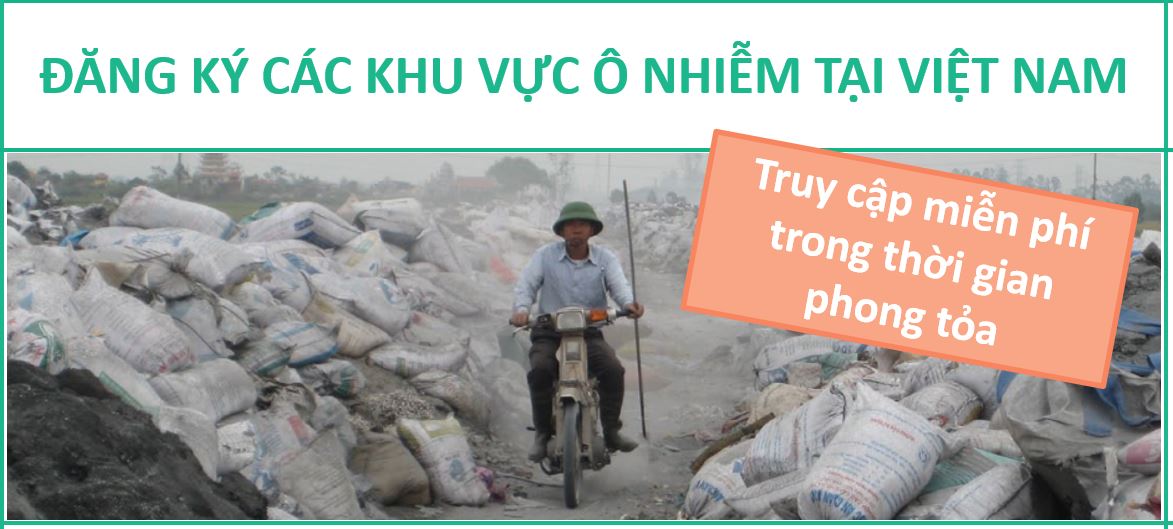Đại học Cần Thơ.
Email: ntgiao@ctu.edu.vn
TÓM TẮT
Nghiên cứu nhằm đánh giá chất lượng nước mặt trên sông Cái Sắn, chảy qua cả ba tỉnh An Giang, Cần Thơ và Kiên Giang nơi có vai trò quan trọng trong giao thông đường thủy, cung cấp nước sản xuất và sinh hoạt cho người dân. Sông Cái Sắn chịu tác động của hoạt động sản xuất nông nghiệp, khu dân cư, tiểu thủ công nghiệp và hoạt động giao thông. Đoạn cuối sông Cái Sắn thuộc tỉnh Kiên Giang chịu ảnh hưởng của nước mặn. Nước mặt được thu tại 5 vị trí ký hiệu lần lượt là S1, S2, S3, S4 và S5. Các chỉ tiêu chất lượng nước bao gồm pH, độ đục, độ mặn (S), oxy hòa tan (DO), chất rắn lơ lửng (TSS), nhu cầu oxy sinh hóa (BOD), nhu cầu oxy hóa học (COD), các chất dinh dưỡng (NH4+-N và PO43--P) và vi sinh vật (E. coli và Coliform) được đánh giá thông qua Quy chuẩn kỹ thuật quốc gia về chất lượng nước mặt (QCVN 08-MT:2015/BTNMT). Kết quả nghiên cứu cho thấy các thông số nhiệt độ, pH, PO43--P, tổng Coliform chưa vượt QCVN 08-MT:2015/BTNMT, cột A1. Các chỉ tiêu TSS, COD, BOD, NH4+-N, NO3–-N, E. coli chưa đạt QCVN 08- MT:2015/BTNMT, cột A1. Kết quả nghiên cứu cho thấy chất lượng môi trường nước mặt sông Cái Sắn ô nhiễm nghiêm trọng, có thể là do các hoạt động sinh hoạt của cộng đồng và sản xuất kinh doanh chưa quan tâm đến bảo vệ môi trường. Cơ quan quản lý môi trường cần có giải pháp sớm khắc phục ô nhiễm trên dòng sông liên tỉnh này.
Từ khóa: môi trường nước, sông Cái Sắn, ô nhiễm hữu cơ, vi sinh vật, E. coli.
Assessing the surface water quality in Cai San river crossing An Giang – Can Tho – Kien Giang provinces
1College of Environment and Natural Resources, Can Tho University
SUMMARY
This study aims at assessing the quality of surface water on the Cai San River, which flows through the three provinces of An Giang, Can Tho and Kien Giang, Vietnam where it plays an important role in waterway transportation, providing water for production and domestic activities. Cai San River is affected by agricultural activities, residential areas, handicrafts, and transportation. The end of Cai San River in Kien Giang province is affected by salt water. Surface water was collected at five sites namely S1, S2, S3, S4 and S5. Water quality indicators including pH, turbidity, salinity, dissolved oxygen (DO), total suspended solids (TSS), biochemical oxygen demand (BOD), chemical oxygen demand (COD), nutrients (N – NH4+-N and PO43--P) and microorganisms (E. coli and Coliforms) were assessed through the national technical regulations on surface water quality (QCVN 08-MT:2015/BTNMT). The results showed that the water quality parameters of temperature, pH, PO43--P did not exceed QCVN 08-MT:2015/BTNMT, column A1. The variables of TSS, COD, BOD, NH4+-N, NO3–-N, Coliforms and E. coli exceeded the permitted levels in QCVN 08-MT:2015/BTNMT, column A1. Findings in the present study indicated that the water quality in Cai San River has been heavily polluted, possibly due to the living activities of the community residing along the river together with the agricultural and business development without paying appropiate attention to environmental protection. The local environmental managers need to take proper measure to solve the pollution problem in this important inter – provincial river.
Keywords: water environment, Cai San river, organic pollution, Coliform, E. coli.
Người phản biện: PGS.TS. Đào Châu Thu
Email: chauthu9lvh@gmail.com
Ngày nhận bài: 16/8/2020
Ngày thông qua phản biện: 01/3/2020
 Tạp chí
Tạp chí




